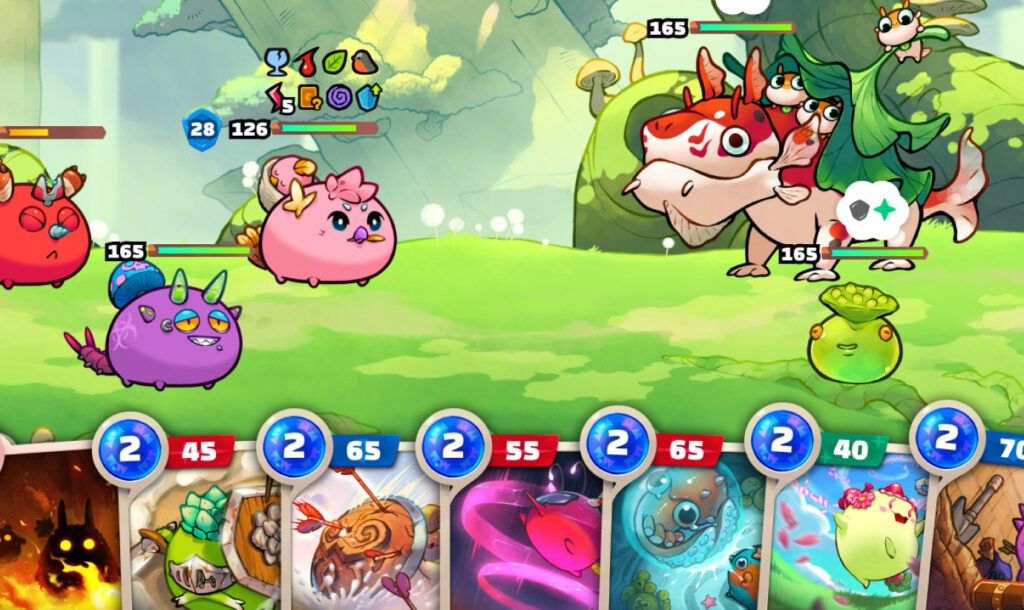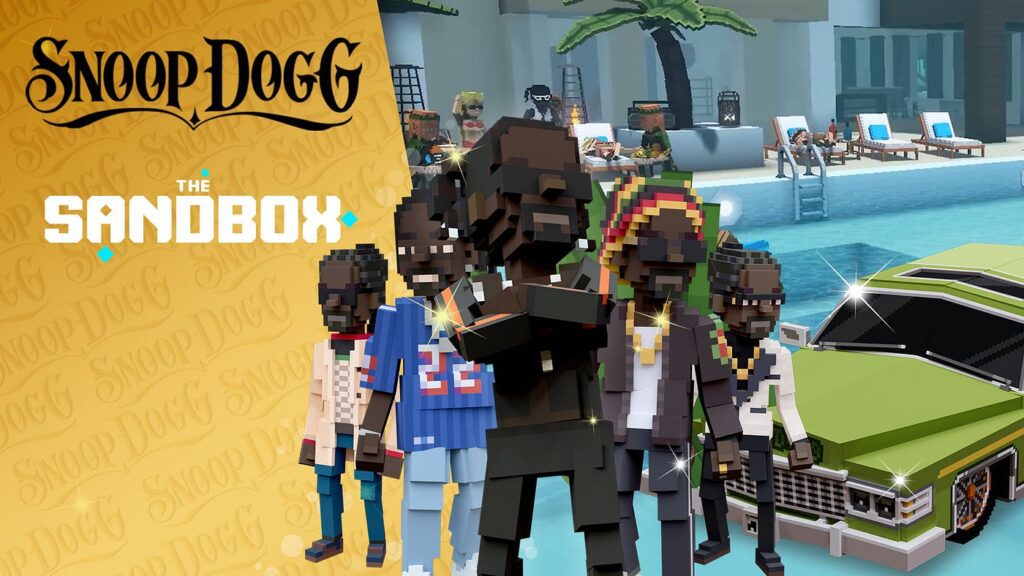Blockchain Game Developer: Pioneering Secure and Transparent Platforms
The advent of blockchain technology has revolutionized various industries, and the gaming sector is no exception. Blockchain game developers are at the forefront of this transformation, creating secure and transparent platforms that redefine how games are developed, played, and monetized. This article delves into the intricacies of blockchain game development, exploring its architecture, benefits, challenges, and real-world applications.
Understanding Blockchain Technology in Gaming
Blockchain is a decentralized ledger technology that enables secure and transparent transactions across a network of computers. In the context of gaming, it allows for the creation of immutable records of in-game assets, player interactions, and transactions. This decentralization ensures that no single entity has control over the game environment, fostering trust among players.
Key Components of Blockchain in Gaming
Several key components make blockchain technology particularly suited for game development:
- Smart Contracts: These are self-executing contracts with the terms of the agreement directly written into code. They automate processes such as transactions and game mechanics, reducing the need for intermediaries.
- Non-Fungible Tokens (NFTs): NFTs represent unique in-game assets, such as characters, skins, or virtual real estate. They enable true ownership, allowing players to buy, sell, or trade assets across different platforms.
- Decentralized Autonomous Organizations (DAOs): DAOs allow players to participate in governance decisions, such as game updates or economic changes, fostering a community-driven approach.
The Benefits of Blockchain in Game Development
Blockchain technology offers several advantages that enhance the gaming experience:
1. Ownership and Control
In traditional gaming, players often do not own their in-game assets; they are merely licensed to use them. Blockchain changes this paradigm by allowing players to own their assets as NFTs. For instance, in the game Axie Infinity, players can breed, trade, and sell their Axies (digital pets) as NFTs, giving them real economic value. According to a report by DappRadar, Axie Infinity generated over $1 billion in revenue in 2021, showcasing the potential of player-owned economies (DappRadar, 2021).

Players in Axie Infinity truly own and trade their NFTs.
2. Transparency and Trust
Blockchain’s transparent nature ensures that all transactions are recorded on a public ledger, making it easy to verify ownership and transaction history. This transparency helps combat fraud and cheating, which are prevalent in traditional gaming environments. For example, the game Gods Unchained utilizes blockchain to provide players with verifiable ownership of their cards, enhancing trust in the game’s economy (Gods Unchained, 2021).
3. Interoperability
Blockchain enables interoperability between different games and platforms. Players can use their assets across multiple games, creating a more cohesive gaming ecosystem. For instance, the Enjin platform allows developers to create blockchain-based assets that can be used in various games, promoting a shared economy (Enjin, 2021).
Challenges in Blockchain Game Development
Despite its numerous advantages, blockchain game development is not without challenges:
1. Scalability
Many blockchain networks face scalability issues, which can lead to slow transaction times and high fees during peak usage. For example, Ethereum, the most widely used blockchain for gaming, has experienced congestion, resulting in transaction fees exceeding $100 during high-demand periods (Ethereum Gas Tracker, 2021). Developers must consider layer-2 solutions or alternative blockchains to mitigate these issues.
2. User Experience
The complexity of blockchain technology can deter mainstream gamers. Wallet setup, private key management, and understanding NFTs can be overwhelming for non-technical users. Developers need to create intuitive interfaces and educational resources to enhance user experience and adoption.
3. Regulatory Concerns
The regulatory landscape surrounding blockchain and cryptocurrencies is still evolving. Developers must navigate legal challenges related to asset ownership, taxation, and compliance with anti-money laundering (AML) regulations. For instance, the U.S. Securities and Exchange Commission (SEC) has scrutinized several blockchain games for potential securities violations (SEC, 2021).
Real-World Examples of Blockchain Games
Several blockchain games have successfully implemented these technologies, showcasing their potential:
1. Axie Infinity
As mentioned earlier, Axie Infinity has become a leading example of blockchain gaming. Players earn tokens through gameplay, which can be traded for real money. The game’s economy has created opportunities for players in developing countries, with some earning a full-time income by playing (DappRadar, 2021).
2. Decentraland
Decentraland is a virtual reality platform powered by the Ethereum blockchain, where users can create, experience, and monetize content and applications. Users can buy virtual land as NFTs, which can be developed into games, art galleries, or social hubs. The platform’s land sales have reached millions of dollars, demonstrating the demand for virtual real estate (Decentraland, 2021).
3. The Sandbox
The Sandbox is a decentralized gaming platform that allows users to create, own, and monetize their gaming experiences. It utilizes NFTs to represent in-game assets and provides tools for developers to build games without extensive coding knowledge. The Sandbox has attracted partnerships with major brands, including Atari and Snoop Dogg, further legitimizing blockchain gaming (The Sandbox, 2021).

The Sandbox and Snoop Dogg bring NFT games to life.
The Future of Blockchain Game Development
The future of blockchain game development looks promising, with several trends emerging:
1. Increased Adoption of NFTs
As players become more familiar with NFTs, their adoption in gaming will likely increase. Developers will continue to explore innovative ways to integrate NFTs into gameplay, enhancing player engagement and monetization opportunities.
2. Enhanced Interoperability
Future blockchain games will likely focus on interoperability, allowing players to use their assets across multiple platforms. This will create a more interconnected gaming ecosystem, fostering collaboration between developers and enhancing player experiences.
3. Integration of AI and Machine Learning
As blockchain technology matures, the integration of artificial intelligence (AI) and machine learning will become more prevalent. These technologies can enhance game mechanics, personalize player experiences, and optimize in-game economies.
Conclusion
Blockchain game developers are pioneering a new era of gaming characterized by security, transparency, and player empowerment. By leveraging blockchain technology, they are creating innovative platforms that redefine ownership, trust, and economic opportunities in gaming. While challenges such as scalability and user experience remain, the potential for growth and innovation in this space is immense. As the industry continues to evolve, blockchain gaming is poised to become a significant force in the broader gaming landscape.
In summary, the integration of blockchain technology in gaming offers unprecedented opportunities for developers and players alike. By addressing existing challenges and embracing emerging trends, blockchain game developers can shape the future of interactive entertainment.
References:
- DappRadar. (2021). Axie Infinity Revenue Report.
- Gods Unchained. (2021). Ownership and Transparency in Gaming.
- Enjin. (2021). Interoperability in Blockchain Gaming.
- Ethereum Gas Tracker. (2021). Ethereum Transaction Fees.
- SEC. (2021). Regulatory Guidance on Blockchain Games.
- Decentraland. (2021). Virtual Real Estate Market Trends.
- The Sandbox. (2021). Partnerships and Growth in Blockchain Gaming.

